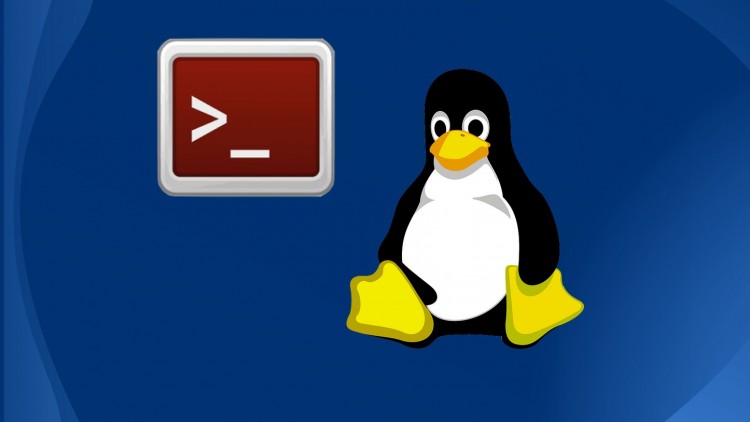Linux File System
Linux File System
In a Linux system every content is stored is a file. A Linux system, just like UNIX, makes no difference between a file and a directory, since a directory is just a file containing names of other files. Programs, services, texts, images, and so forth, are all files. Input and output devices, and generally all devices, are considered to be files, according to the system.
Type of File System
» Network File System
Network File System are physically somewhere else, but appear as if they are mounted on one computer.
1. NFS (It was developed by Sun).
2. SMB (It was developed by Microsoft).
» Disk File System
Disk File System are what you will find on a physical device, such as hard drive in a computer.
1. ext2
2. ext3
3. FAT32
4. NTFS
Linux File System Structure
The Directory Structure in Unix & Linux are a unified Directory Structure where in all the directories are unified under the "/" Root file system. Irrespective of where the File System is physically mounted all the directories are arranged hierarchically under the Root file system.
The Linux Directory Structure follows the "File system Hierarchy Structure (FHS)" maintained by the Free Standards Group although most of the distributions sometimes tend to deviate from the standards.For convenience, the Linux file system is usually thought of in a tree structure. On a standard Linux system you will find the layout generally follows the scheme presented below. This is a layout from a RedHat system. Depending on the system admin, the operating system

Linux Directory Structure in Visual View
